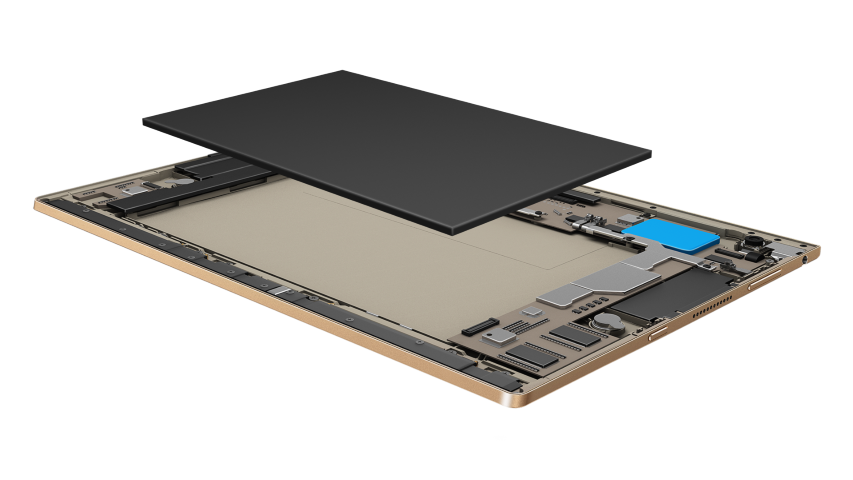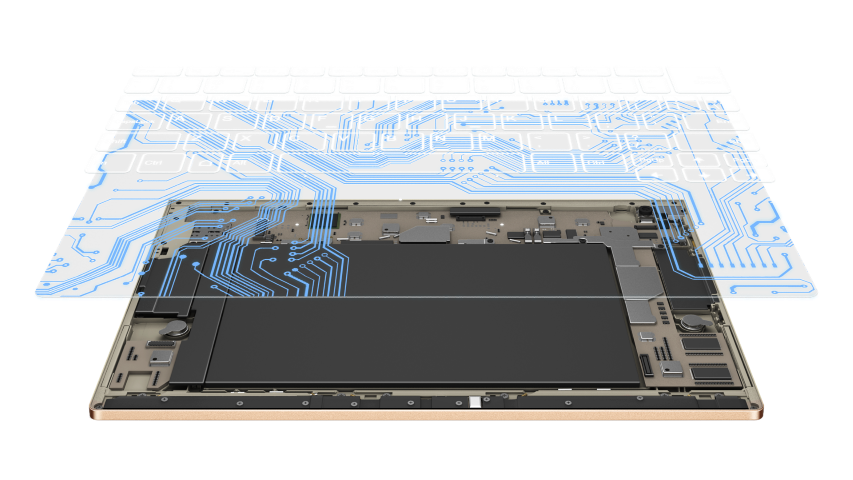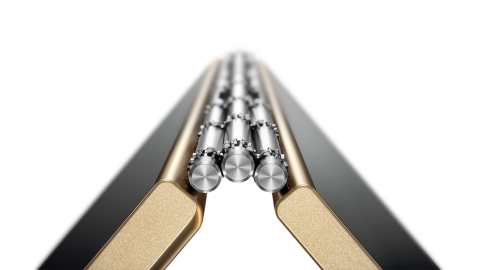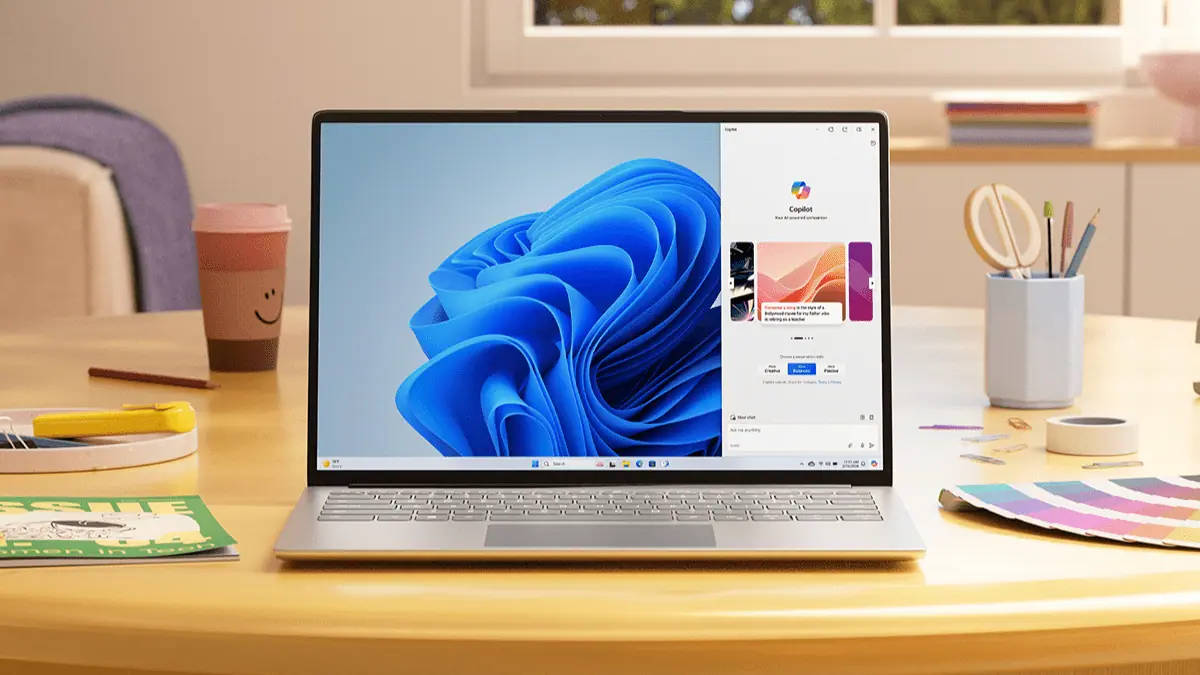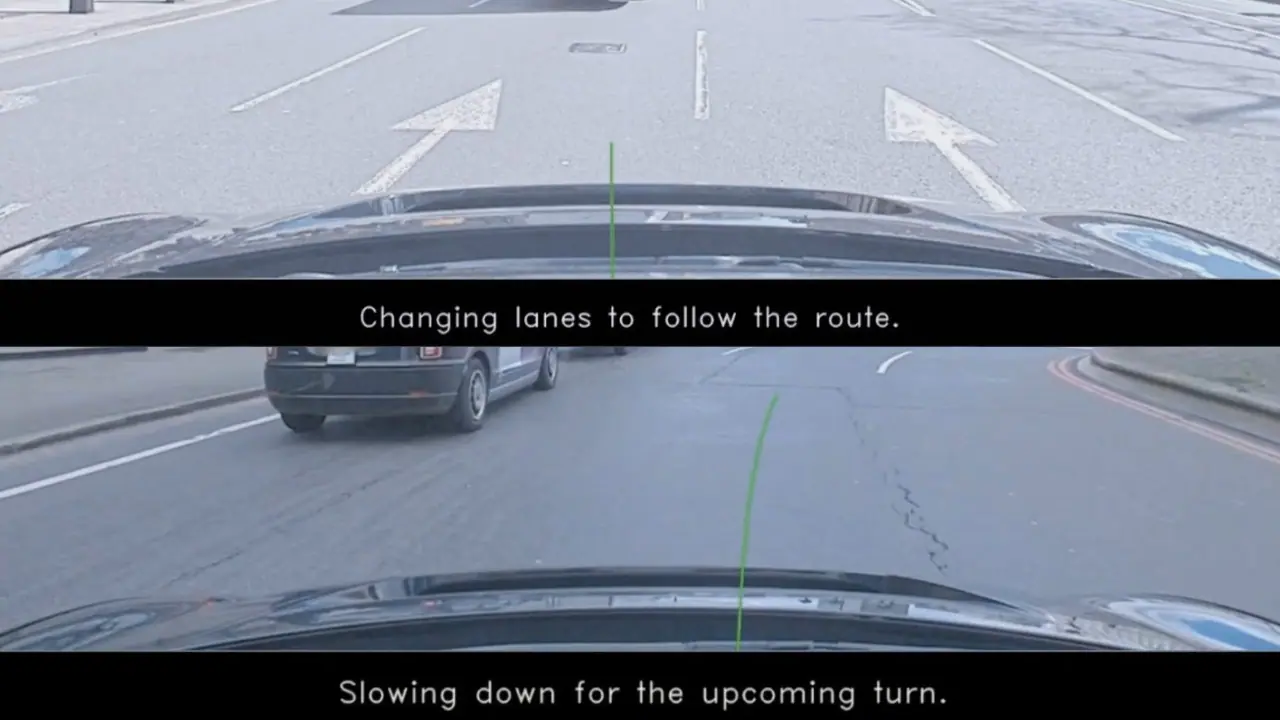The new Lenovo Yoga Book is a marvel of engineering and design
3 min. read
Published on
Read our disclosure page to find out how can you help MSPoweruser sustain the editorial team Read more
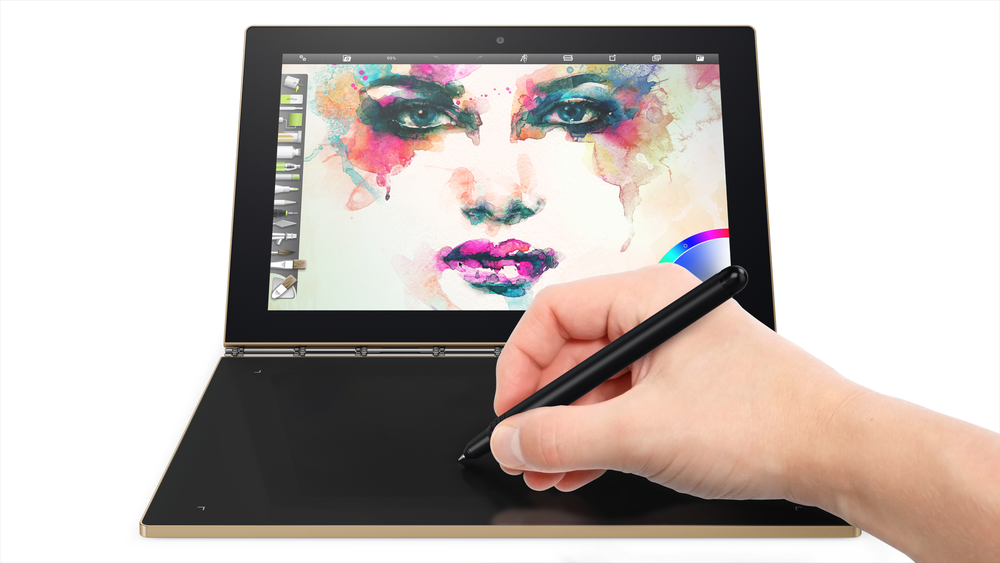
Lenovo today announced the Yoga Book—a distinctive tablet with a unique clamshell configuration. It combined a typical tablet-style screen with a fully flat keyboard, which doubled as a digitizer, and a dual-use stylus (the real pen accessory). Read more about the device configuration here. Without doubt, this device is a marvel of engineering and design, but whether this first of its kind product will be successful in the market or not is another discussion altogether. Lenovo yesterday published few blog posts on how they achieved this product design and its quite fascinating to read them all. Read the summary of it below.
Yoga Book is the thinnest and lightest 2-in-1 in the world, clocking in at just 9.6mm and 690g. Lenovo’s engineers achieved this through judicious use of materials and innovative designs; magnesium-aluminum alloys to give the body the right level of tensile strength and thinness; completely new component designs, such as the hinge; and a tight stacking and strategic placing of components.
The keyboard is 60% thinner than typical mechanical keyboards, measuring just 1.2mm in width. The halo keyboard comprises an LCD/touch panel, with touch sensors and backlight, haptic feedback and sound to touch. They have packed in a vast array of different components into a tight stack in order to be able to work the Gorilla glass, LCD panel, LGF backlighting, EMR film and various processors into a thin package measuring just 4mm. Combined, the keyboard panel of the Yoga Book measures in at a mere 5.55mm.
The mechanical design of the device is important to make this combination of five technologies work:
- Top layer: 0.55 mm Gorilla Glass w/ anti-glare coating (matte and grainy feel for better touch and pen input experience)
- Second layer: Touch panel keyboard, which recognizes your typing
- Third layer: LGF backlighting membrane, which lights up the keys
- Fourth layer: EMR film, which works together with the EMR technology in the real pen to recognize your handwriting, and is powered by Wacom feel™ IT technologies.
- Motherboard: SOC/memory/EMMC/RF and battery to power the system
The Yoga Book has one of the industry’s leading designs for its screen, measuring 2.15mm, while also using the thinnest available sidehorn speaker measuring only 3.15mm in thickness. The tablet also includes an industry breakthrough in the design of the full HD camera, with the thinnest front-facing camera on the market at 2.76mm. The total thickness of the screen panel is 4.05mm.
The watchband hinge models used across Lenovo’s Yoga range were too large for Yoga Book. So in order to slim down the size, Yoga engineers reduced the hinge to three axial rods – an odd number or rods, and impossible under the current configuration, based on an even number of rods. To manage this, the engineers incorporated 130 separate mechanical parts, and as a consequence invented the first three-rod hinge in the world. The team even managed to shave 0.15mm off the diameter of each rod, down to 1.85mm from the original 2mm rods. The hinge design was also put through a continuous cycle of opening and closing the tablet 25,000 times to ensure it would survive everyday use.
The cover is just 0.45mm thick. The engineering team used a very light and strong magnesium-aluminum alloy, which kept the thickness down but ensured the tablet was rugged enough to survive being dropped or knocked around. Its structural design can withstand pressures of up to 15kg.


